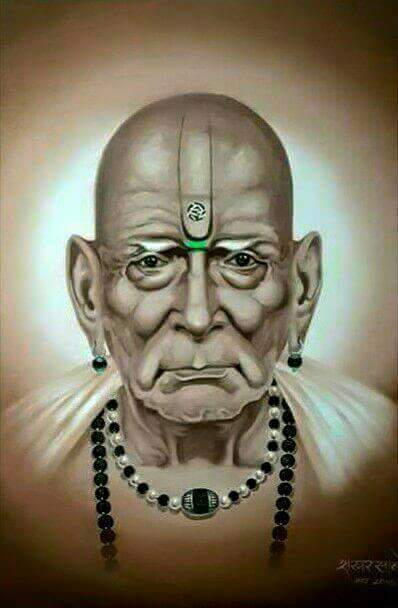Money making people habit
Money making people habit
Dine out less, but indulge your Starbucks coffee addiction.
Personal finance advice too often consists of prescriptions. Do this, not that and save the difference for a better financial future. That’s a diet, not a plan. And like diets, this kind of financial advice works great in the beginning but fails when reality sets in. Simply put, it’s no fun.
I propose a better way to think about financial decisions, using a bright line test – in this case, a thin green line. That line, which looks like stock index returns over the past 50 years, divides the wealthy, who are financially secure, from the rich, poor and everyone else. It has less to do with people’s income and a far more to do with the decisions they make and the behaviors they exhibit when it comes to money.
Here are five differences that I found in the research for my book, The Thin Green Line: The Money Secrets of the Super Wealthy, that distinguish those who are financially secure.
Always buy the Audi over the BMW. Paul Posluszny, an offensive lineman for the Jacksonville Jaguars, has received two NFL contracts that will pay him between $20 million and $47 million, depending on how he performs. He is certainly rich, but the decision he made a few years ago around buying a car shows that he is thinking like a wealthy person. He told me he had always wanted a BMW BMW , but then he ran the numbers on the top-of-the-line sedan. “An $80,000 car was too much,” he told me. “So I downsized.” Far from squeezing his hulking frame into a KIA, he went with the comparable Audi, saving himself about $10,000. This might seem absurd – he had the money for both – but it is little decisions like that and a sense of what is enough that should insure he is financially secure long after his playing days.
Drink Starbucks coffee whenever you want. If ordering a $4 latte is something that makes your day better, do it. There are plenty of people who have said you could save that $4, watch it compound, and have a larger nest egg in retirement. Absolutely true, but no fun and totally unreasonable. Budgets, like diets, fail because they tell you what not to do. Financial plans, which people on the right side of the thin green line embrace, allow you to make choices and to spend on what matters to you, knowing that you will have to save in other areas to maintain the security of true wealth.
Don’t ever check where the Dow Jones (or any index) closes. For the person with a day-job outside of finance, trying to divine truth from the daily machinations of the stock market is at best a waste of time. At worst, it increases the odds you will be trapped by all the behavioral biases that cause people to make the wrong investing decisions – and become the dumb money of Wall Street. A far better plan is to focus on what you can control: decisions based on socking money away in a broadly diversified, low-cost portfolio and behaviors that allow you not to dip into that money.
(Two other investing caveats. People who adjust their strategy based on a conflict of interest being disclosed do not adjust it enough – and therefore make a mistake. And seeing a stock talked about on television increases the likelihood that you will buy or sell it by three to nearly nine times – an impulse decision based on nothing more than someone you don’t know talking about it.)
If you’re going to spend a lot of money on your children’s education, spend it when they’re 3 to 8. James Heckman, the Nobel prize-winning economist, has done research that shows spending money to put children into high-quality early childhood education offers the greatest bang for the buck in their adult years. The reason is from three to eight children develop traits like conscientiousness, perseverance, sociability, and curiosity. And these qualities matter more to ultimate success than SAT prep courses in high school or what college your children go to.
Eat out less. From research I did with Brad Klontz, a clinical psychologist with an academic appointment at Kansas State University, the difference between the 1% and the 5% was straightforward: the 1% spent 30% less of their money eating out and saved 30% more of it for retirement. And that, more than the cost of a Starbuck’s latte, is what, over time, separates the wealthy from everyone else on the wrong side of the thin green line.



Comments
Post a Comment